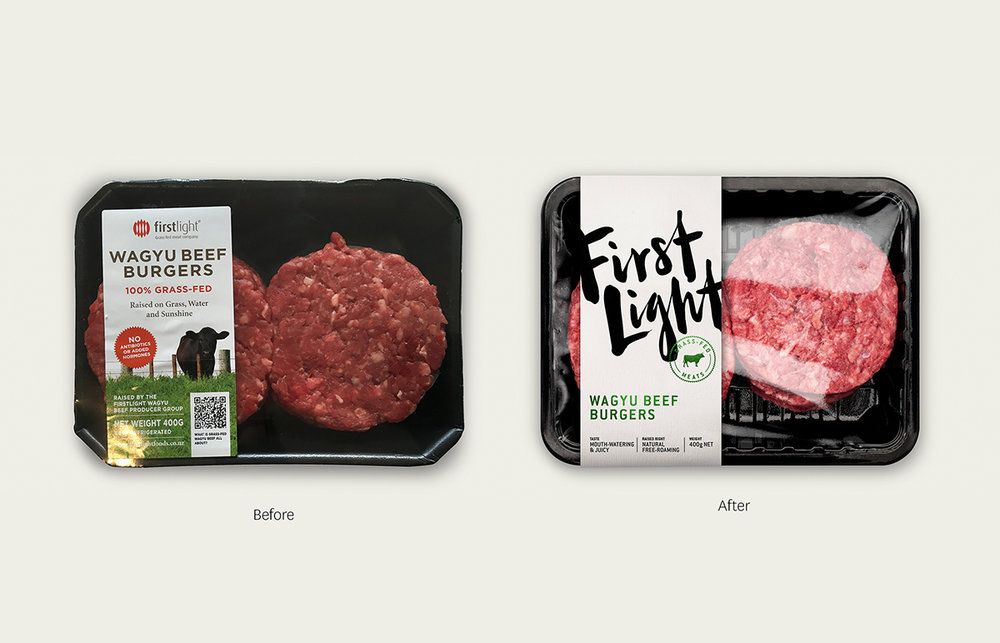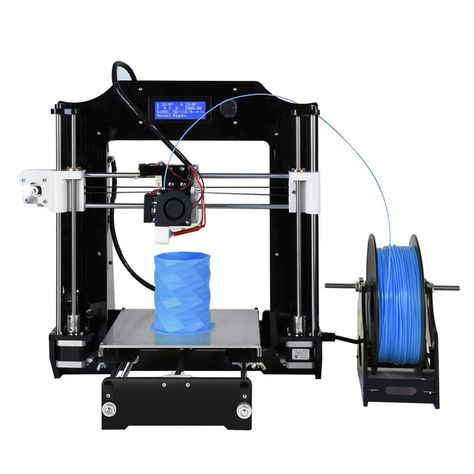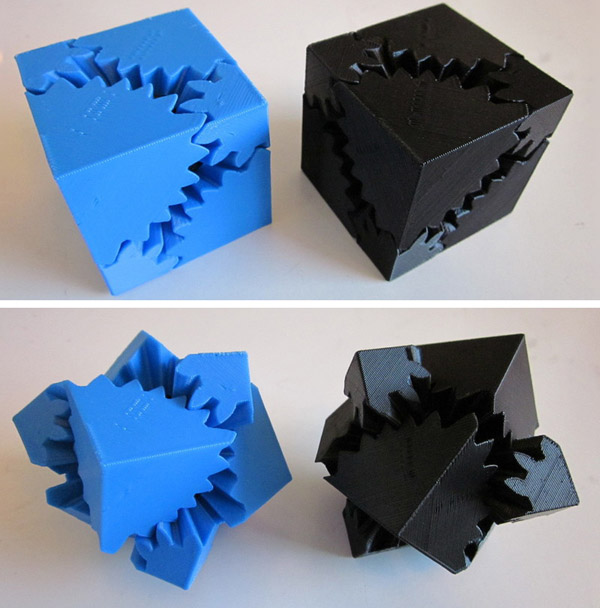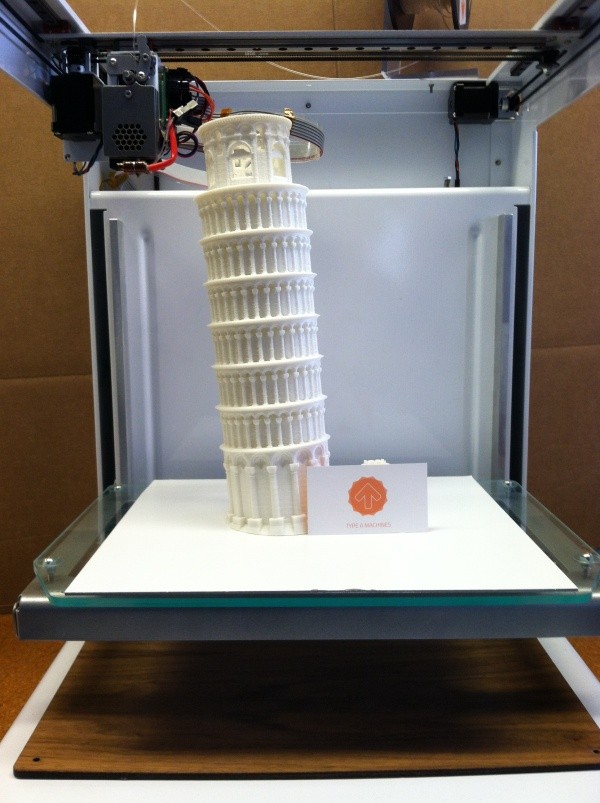3D printing aluminum alloys
Everything You Need to Know
One of the most common metallic elements on earth, aluminum has been processed as a pure metal in manufacturing since the early 19th century.[1] Today, metal is amongst the most popular in industrial manufacturing, used for objects as common as cans and kitchen utensils, to high-performance components in airplanes and rockets. It is, therefore, no wonder that from its beginnings, the metal additive manufacturing industry was interested in 3D printing aluminum and aluminum alloys.
As we’ll see in more detail, the story of aluminum 3D printing has not been without its challenges, but thanks to innovations on the part of metal materials and hardware developers, aluminum alloys can now be 3D printed using various additive manufacturing processes to create high-quality, lightweight parts for numerous industries.
Applications of 3D Printed Aluminum
There are countless applications for aluminum alloys using 3D printing technologies, but many of the most high-value end-use cases are found in the automotive and aerospace industries. For decades, traditionally manufactured aluminum and aluminum alloys have been used in these industries. In aerospace, for instance, aluminum alloys are used for aircraft wings and fuselage, as well as engine components. In the automotive industry, traditionally manufactured aluminum alloys are used for vehicle bodies, transmission, engine parts, and more. Aluminum has become such a widespread material in these industries—and others—due to its excellent strength-to-weight ratio. It goes without saying that the aerospace and automotive industries are constantly striving to reduce the weight of aircraft and vehicles to improve fuel efficiency—aluminum alloys have enabled them to achieve this while still meeting strength and durability standards.
3D printing has opened up even more opportunities in aerospace and automotive for creating efficient parts with low weight. By leveraging intelligent, generative design, engineers can produce optimized components that cut back on weight while maintaining strength.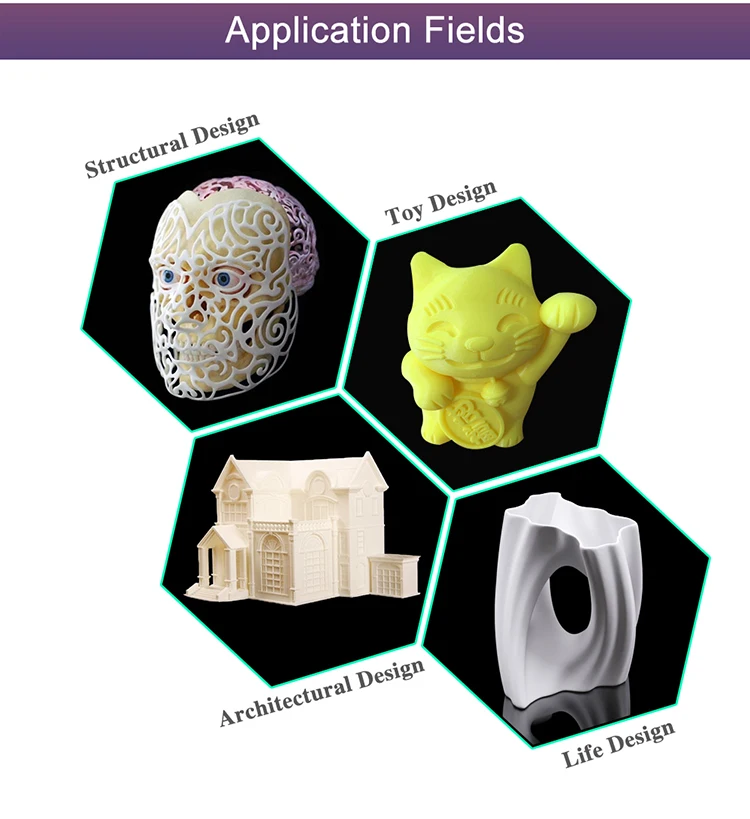 Divergent Technologies, a company that developed a 3D printed supercar, created its own aluminum alloys for 3D printing and has used them to produce safety and suspension components.[2] American automotive giant Ford is working with aluminum AM on an even greater scale: in collaboration with ExOne, Ford is rolling out aluminum binder jetting with the aim of producing high-volume metal parts.[3]
Divergent Technologies, a company that developed a 3D printed supercar, created its own aluminum alloys for 3D printing and has used them to produce safety and suspension components.[2] American automotive giant Ford is working with aluminum AM on an even greater scale: in collaboration with ExOne, Ford is rolling out aluminum binder jetting with the aim of producing high-volume metal parts.[3]
Image: ExOne
Some of the stronger aluminum alloys with excellent corrosion resistance are finding 3D printing applications in the aerospace industry. Though the material has a lower strength-to-weight ratio than titanium, aluminum is substantially cheaper as a raw material. Used in combination with metal 3D printing technologies, aluminum alloys are used for parts like heat exchangers that benefit from complex geometries and thin, strong walls. In 2021, Boeing demonstrated the successful use of a 3D printed flight critical component made from aluminum—a transmission housing—on a Chinook rotorcraft. [4] Aluminum AM is also being explored and implemented for the production of replacement parts for legacy aircraft.
[4] Aluminum AM is also being explored and implemented for the production of replacement parts for legacy aircraft.
Of course, aluminum 3D printing is not only being used and explored in the automotive and aerospace industries: it also has applications in the spheres of industrial manufacturing, motorsport, cycling, energy, robotics, jewelry, and beyond. It is also suitable for prototyping and tooling.
Advantages and Disadvantages of 3D Printed Aluminum
Advantages
There are many reasons why demand and interest for aluminum 3D printing have grown in recent years. First, aluminum alloys offer beneficial material properties that meet the needs of many applications. For example, aluminum is lightweight compared to steel and nickel-based alloys, while still providing sufficient strength and hardness. Aluminum alloys also offer good thermal properties as well as corrosion resistance.
3D printing, for its part, brings many advantages to the table compared to traditional manufacturing processes like CNC machining and sheet metal forming. Chief among these advantages is greater design freedom. Engineers and product designers can design aluminum parts with complex geometries, including lattices and internal channels, to optimize the performance and weight of production parts.
Chief among these advantages is greater design freedom. Engineers and product designers can design aluminum parts with complex geometries, including lattices and internal channels, to optimize the performance and weight of production parts.
Metal 3D printing technologies such as laser powder bed fusion, directed energy deposition, and binder jetting also allow for greater production agility. Specifically, users can speed up turnaround times for part development (by iterating, testing, and tweaking designs), can produce small or one-off production runs, as well as achieve mass customization. Depending on the technology, aluminum 3D printing also allows for high-precision and tight tolerances without extensive post-processing. Another important benefit offered by metal 3D printing is part consolidation. Complex assemblies, like heat exchangers, that would typically be made of several different components can be redesigned into a single, more efficient part, cutting down on production and assembly times.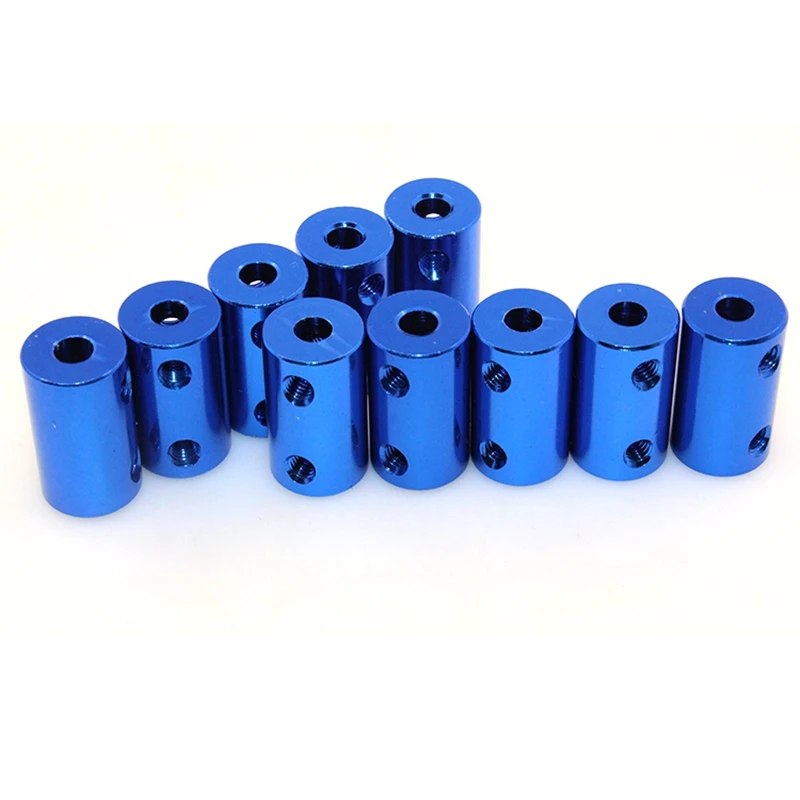
Disadvantages
Naturally, there are also disadvantages to 3D printing aluminum. Depending on the application at hand, there may be better metal alloys than aluminum-based alloys. For instance, titanium alloys offer a better strength-to-weight ratio than aluminum alloys, making them more common in aviation. Aluminum alloys for 3D printing are also not as strong as nickel-based alloys or steel. That being said, aluminum alloys are less expensive than titanium and are more lightweight than steel and nickel-based materials.
Perhaps the biggest disadvantage of 3D printing aluminum is related to its printability. Fortunately, massive strides have been made in recent years: today, there are a variety of high-quality aluminum alloys specifically developed for additive manufacturing. In the earlier days of metal 3D printing, aluminum presented several challenges. Conventional aluminum alloys, such as 6061, 7075, and 2024, did not undergo powder bed fusion processes well due to their reactivity and were prone to cracking.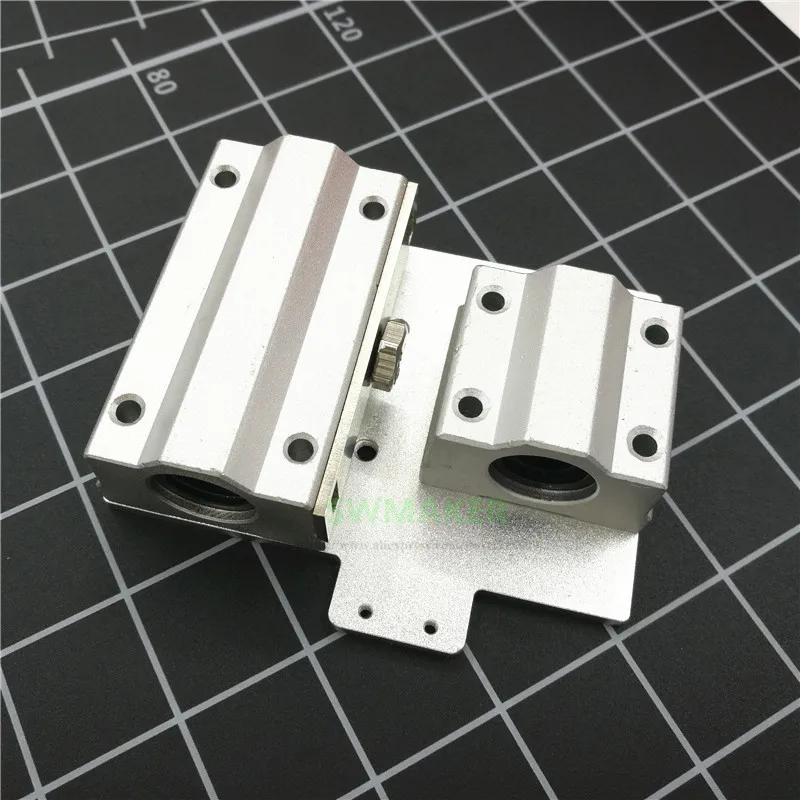 Casting aluminum alloys, such as A357, while easier to print, were slow to process and had inconsistent mechanical properties due to poor melt pool stability and energy absorption.[5] Thankfully, these issues have been overcome or at least mitigated with the creation of specially tailored aluminum alloys as well as better powder quality.
Casting aluminum alloys, such as A357, while easier to print, were slow to process and had inconsistent mechanical properties due to poor melt pool stability and energy absorption.[5] Thankfully, these issues have been overcome or at least mitigated with the creation of specially tailored aluminum alloys as well as better powder quality.
How to 3D Print Aluminum
The first step in 3D printing aluminum is metal powder production. Most aluminum alloy powders on the market today are made using gas atomization. This process is capable of producing powder particles with good sphericity, which is ideal for AM. It should be noted that the characteristics and quality of powder play a big role in how the final 3D printed component turns out. For instance, in laser powder bed fusion processes, sphericity and uniformity lead to better flow and packing, resulting in more reliable prints. Powder particle sizes also range on the micron scale.
Laser Sintering Machine for Metal
In terms of metal 3D printing technologies available for aluminum prints, there are a few options. The most common 3D printing processes for aluminum alloys are laser powder bed fusion-based including SLM (selective laser melting) and DMLS (direct metal laser sintering). These industrial technologies both rely on a laser energy source to either selectively melt or sinter thin layers of aluminum powder. The powder particles exposed to the laser fuse together and solidify. Once a layer is complete, another coating of aluminum powder is applied and the melting or sintering is repeated. This is continued until a three-dimensional object or series of objects are complete. From there, the parts must be removed from the loose powder and cleaned.
The most common 3D printing processes for aluminum alloys are laser powder bed fusion-based including SLM (selective laser melting) and DMLS (direct metal laser sintering). These industrial technologies both rely on a laser energy source to either selectively melt or sinter thin layers of aluminum powder. The powder particles exposed to the laser fuse together and solidify. Once a layer is complete, another coating of aluminum powder is applied and the melting or sintering is repeated. This is continued until a three-dimensional object or series of objects are complete. From there, the parts must be removed from the loose powder and cleaned.
Electron beam melting (EBM) is another PBF process that can print aluminum parts: it uses an electron beam in the 3D printer as an energy source instead of a laser. This process can actually have advantages compared to laser-based technologies, because the electron beam is less affected by the aluminum’s reflectivity, resulting in fewer thermal stresses and less risk of cracking. [6]
[6]
Up until recently, binder jetting proved to be challenging for aluminum alloys. The binder jetting process is gaining prominence due to production speed compared to PBF and its capacity to use metal injection molding (MIM) metal powders, which are usually cheaper than AM powders. The problem has been that aluminum alloys have not been widely adapted for MIM in part due to their highly reactive nature. In binder jetting, a binding agent is selectively deposited onto thin layers of a dense metal powder, a process that is repeated layer by layer. The print results in a green part, which must then undergo debinding and sintering. These processes remove the binder and fuse the metal particles together to create a dense final component.
Just in the past year, there have been significant advancements for aluminum binder jetting. ExOne and Ford developed a patent-pending process for binder jetting and sintering aluminum 6061—one of the most commonly used alloys.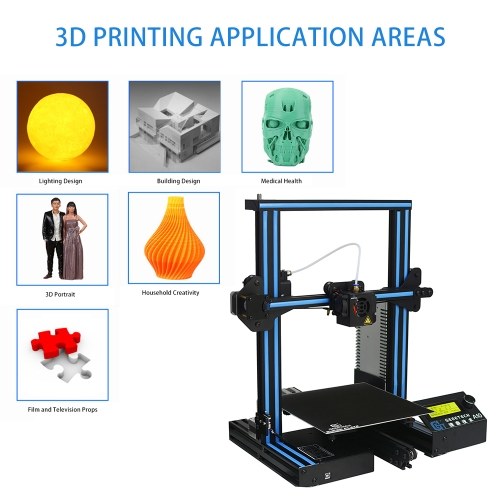 [3] Ricoh is also developing a binder jetting technology capable of processing aluminum alloys.[7] On the material side, Equispheres is pursuing the development of AlSi10Mg powders specifically tailored to binder jetting.[9]
[3] Ricoh is also developing a binder jetting technology capable of processing aluminum alloys.[7] On the material side, Equispheres is pursuing the development of AlSi10Mg powders specifically tailored to binder jetting.[9]
In addition to powder bed fusion and binder jetting processes, aluminum 3D printing can also be achieved using filament extrusion technologies. Aluminum filaments are made from a combination of metal powders and a polymer matrix. Wire Arc Additive Manufacturing (WAAM) has also been used to produce large-scale structures from aluminum alloys.
Which Aluminum Alloys can be 3D Printed?
Metal powder manufacturers as well as specialized AM powder producers offer a broad range of aluminum alloys for metal 3D printing. These materials are tailored for a range of different uses and applications, offering different properties and profiles. Many of the available aluminum alloys consist of a combination of metallic and metalloid elements, including aluminum, silicon, magnesium, and even copper.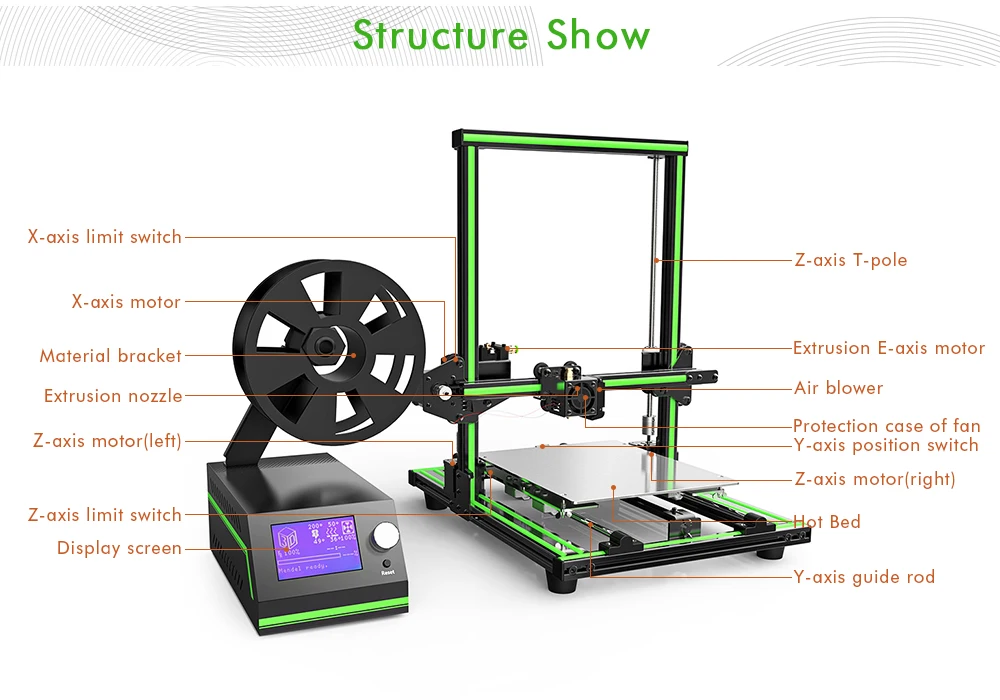
Image: Equispheres
AlSi10Mg is among the most common additive manufacturing aluminum alloys. It is a casting aluminum alloy characterized by good strength, toughness, and corrosion resistance. Many metal AM material providers offer AlSi10Mg. Many other common aluminum alloys for AM, such as F357 (ALSi7Mg) and AlSi12, are casting alloys. These are easier to process than other types of the aluminum alloy due to their relatively low melting point. This class of 3D printing alloy typically contains silicon, which improves the metal’s weldability.
There are also other aluminum alloys for additive manufacturing, which can offer superior properties to casting alloys. For instance, advances are being made to 3D print Al6061, a high-performance hardened aluminum alloy with excellent ductility, thermal conductivity, electrical conductivity, and corrosion resistance. Al7075 is another aluminum alloy that can be 3D printed. The alloy is characterized by its high zinc content and can be heat treated to achieve exceptionally high degrees of strength. Al6061 and Al7075 have traditionally been challenging to 3D print, but thanks to advances in powder quality and the right printing parameters, it is now a possibility.
Al6061 and Al7075 have traditionally been challenging to 3D print, but thanks to advances in powder quality and the right printing parameters, it is now a possibility.
It is also worth quickly mentioning Scalmalloy, a high-strength metal 3D printing material made from a combination of scandium, aluminum, and magnesium.[8] This material is stronger than traditional aluminum alloys (thanks to the addition of scandium) and offers an excellent strength-to-weight ratio and good ductility. The material is particularly interesting to the aerospace industry.
Conclusion
Aluminum has presented challenges and incredible opportunities for the additive manufacturing industry. Today, we are seeing in real-time how aluminum 3D printing is advancing, with previously “impossible” alloys like 6061 being printed and binder jetting for aluminum alloys finally being realized. All that to say, we are only at the beginning of aluminum AM and are bound to see more amazing applications for the material being developed, from automotive to aerospace and beyond.
References
[1] How Products Are Made, 2022. “Aluminum”. [online] http://www.madehow.com/Volume-5/Aluminum.html [Accessed January 12, 2022]
[2] RDN, 2019. “Divergent, SLM near series production of 3D-printed auto safety, suspension parts”. [online] https://www.repairerdrivennews.com/2019/11/20/divergent-slm-near-series-production-of-3d-printed-auto-safety-suspension-parts/ [Accessed January 12, 2022]
[3] ExOne, 2021. “ExOne and Ford have announced the automotive industry's first binder jet 3D printing and high-density sintering of aluminum”. [online] https://www.exone.com/en-US/Ford-and-ExOne-Achieve-Scientific-Breakthrough [Accessed January 12, 2022]
[4] Boeing, 2021. “Chinook Flies First Flight Critical, 3D-Printed Part on Rotorcraft”. [online] https://www.boeing.com/defense/ch-47-chinook/chinook-flies-first-flight-critical-3d-printed-part-on-rotorcraft.page [Accessed January 12, 2022]
[5] Equispheres, 2021. “Aluminum can be as easy as titanium”. [online] https://equispheres.com/aluminum-can-be-as-easy-as-titanium/ [Accessed January 12, 2022]
“Aluminum can be as easy as titanium”. [online] https://equispheres.com/aluminum-can-be-as-easy-as-titanium/ [Accessed January 12, 2022]
[6] Mohammad Saleh Kenevisi, Feng Lin. “Selective electron beam melting of high strength Al2024 alloy; microstructural characterization and mechanical properties”, Journal of Alloys and Compounds, Volume 843, 2020. [online] https://doi.org/10.1016/j.jallcom.2020.155866 [Accessed January 13, 2022]
[7] Ricoh, 2021. “Ricoh introduces aluminium metal binder jetting technology”. [online] https://rapidfab.ricoh-europe.com/ricoh-introduces-aluminium-metal-binder-jetting-technology/ [Accessed January 13, 2022]
[8] Equispheres, 2019. “Sintering Aluminum Alloys With Binder Jet Printer Technology Unfeasible Until Now”. [online] https://equispheres.com/press-release-sintering-aluminum-alloys-with-binder-jet-printer-technology-unfeasible-until-now/ [Accessed January 13, 2022]
[9] APWorks, 2021. “Scalmalloy”. [online] https://www.apworks.de/scalmalloy [Accessed January 13, 2022]
[online] https://www.apworks.de/scalmalloy [Accessed January 13, 2022]
3d Print Aluminum | Metal 3D printing
Aluminum’s material characteristics make it ideal for many applications in many industries, for example aerospace and automotive.
EOS’ aluminum family of powders encompasses the AlSi10Mg, AlF357 and Al2139 AM alloys which are typical aluminum-silicon casting alloys. These powders are designed and tested for use on EOS’ metal 3D printers.
All EOS aluminum powders are shipped with an inspection certificate (according to EN 10204, Type 3.1) showing the results of the extensive QA testing not only of the powder itself, but also of test parts built on a dedicated system with a dedicated process.
EOS also offers a wide range of validated processes for each of the above materials. These offer the optimal combination of parameters (e.g. laser power, layer thickness, etc.) in order to ensure that the properties of the 3D printed part are consistently achieved.
Parts printed using EOS Aluminum AlSi10Mg offer good strength, hardness and dynamic properties as well as good thermal properties and low weight.
| Typical Part Properties | |
| Chemical composition in compliance with | AlSi10Mg |
| Ultimate Tensile Strength | 460 MPa |
| Yield Strength | 245 MPa |
| Elongation @ Break | 5 % |
EOS Aluminium AlSi10Mg Material Data Sheet
914,6 KB
Download
Source: Conflux | EOS
Conflux Heatexchanger built in aluminum
Parts printed using EOS Aluminum AlF357 offer a combination of low weight, corrosion resistance and high dynamic load bearing capacity.
| Typical Part Properties | |
| Chemical composition in compliance with | AlSi7Mg0.6, SAE AMS 4289 |
| Ultimate Tensile Strength | 330 MPa |
| Yield Strength | 260 MPa |
| Elongation @ Break | 11 % |
EOS Aluminium AlF357 Material Data Sheet for EOS M 290 and EOS M 400
770,4 KB
Download
EOS Coral Heatsink in Aluminum
EOS Aluminium Al2139 AM is a 2000-series high strength alloy specifically designed for AM. It demonstrates outstanding performance in elevated temperatures up to 200 °C. The fast and simple heat
It demonstrates outstanding performance in elevated temperatures up to 200 °C. The fast and simple heat
treatment procedure enables an affordable part production.
| Typical Part Properties (T4 heat treated state) | |
| Chemical composition | modified from Aluminium Association Teal Sheet for Al2139 |
| Ultimate Tensile Strength | 520 MPa |
| Yield Strength | 460 MPa |
| Elongation @ Break | 4 % |
EOS Aluminium Al2139 AM Material Data Sheet for EOS M 290
318,8 KB
Download
Source: AM Metals | EOS
Wheel Carrier with integrated cooled engine housing
Aluminum 3D printing technology and applications
Aluminum 3D printing is a technology for creating prototypes of aluminum parts and products by layer-by-layer laser sintering, material fusion.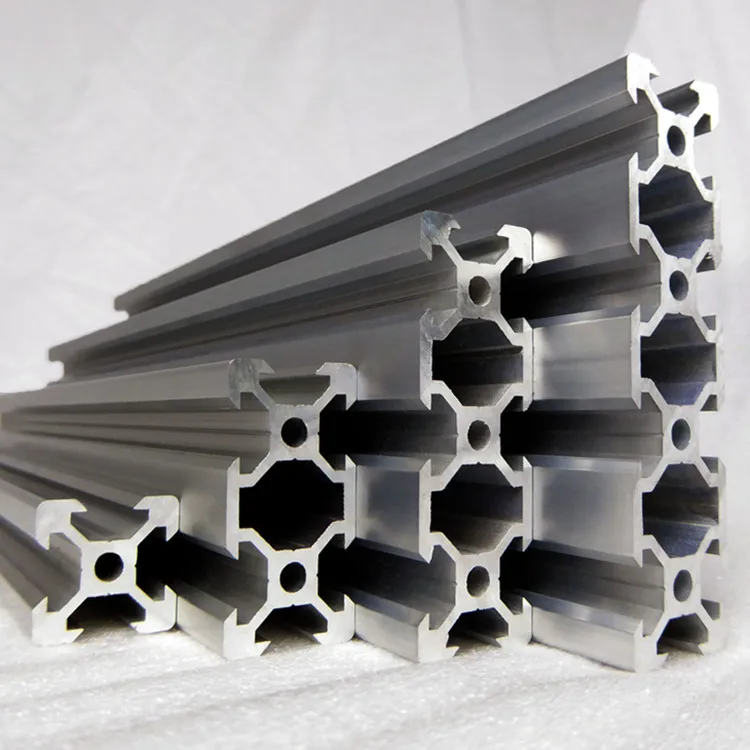 With the help of three-dimensional technologies, it became possible to create elements with complex geometry and intricate designs, as well as subassemblies from several parts.
With the help of three-dimensional technologies, it became possible to create elements with complex geometry and intricate designs, as well as subassemblies from several parts.
Properties and applications of aluminum in 3D printing
Lightness, softness, ductility, resistance to corrosion are the properties of aluminum that have long been appreciated on an industrial scale. This metal has long been successfully used in such industries as aviation, aerospace, automotive, machine tool building, and medicine. Despite active use, the properties of aluminum are constantly being improved.
Why aluminum-based alloys are used rather than pure metal
This material does not have its own safety margin, and therefore, for the functionality of aluminum, it is alloyed with other materials, for example, copper, manganese, magnesium.
Traditionally, stamping, casting, forging, milling are used to work with aluminum alloys. These processes are quite laborious, costly, high-waste, and largely outperform 3D printing.
These processes are quite laborious, costly, high-waste, and largely outperform 3D printing.
The most common additive technology for working with aluminum
Selective laser melting (SLM) is a technology by which aluminum is 3D printed. Under the action of high-power lasers, the finely dispersed aluminum powder used as raw material is sintered into three-dimensional structures layer by layer. The minimum thickness of the product is usually one millimeter or more, and the thickness of each layer of powder ranges from 5 to 30 micrometers.
Stages of the 3D aluminum printing process
The technological process consists of several cycles:
● a digital model of the product is created on the computer;
● the model is divided into layers;
● The working chamber of the 3D printer is filled with inert gas;
● a thin layer of aluminum powder is applied to the working table;
● The layer is laser-fused according to its digital model;
● then the process is repeated layer by layer.
A feature of 3D modeling for aluminum printing is the growth of support structures from this material. The configuration of support structures is usually unknown initially and is built automatically by the program. The removal of structures during the post-processing of the product is done manually and is a time-consuming and meticulous work.
Advantages of 3D printed aluminum products
Aluminum 3D printing makes it possible to obtain not only complex, but also very accurate prototypes, while significantly reducing the cost of products. Finished products, aluminum parts for industrial use have unique qualities, for example, they allow you to minimize the weight and volume of structures, their total cost.
Conventional technology has largely constrained the prospects for the use of aluminum alloys in industry. Even the most advanced methods of casting and milling aluminum do not allow the creation of high-precision and ultra-thin designs. Additive technologies, on the other hand, not only cope with such tasks, but also open up a number of new opportunities.
Predictions for the use of aluminum and alloys based on it in additive manufacturing
Today, not only the properties of aluminum alloys are being improved, but also innovative materials are being developed. Among the latest innovations is the addition of zirconium nanoparticles to aluminum, which prevents the destruction of the metal under the influence of high temperatures. Already at the stage of 3D printing, aluminum protects the framework of nanoparticles from laser exposure, retaining its properties and remaining strong.
Today, the aluminum industry is investing tens of millions of dollars in the development of 3D printing technologies for aluminum products. Research and production centers are being built, whose tasks include the creation of new materials and methods for printing with aluminum. Well, the prospects for the development of the industry with additive technologies are impressive.
Aluminum 3D Printer
Aluminum Printing
Our company offers 3D aluminum printing using Selective Laser Melting technology.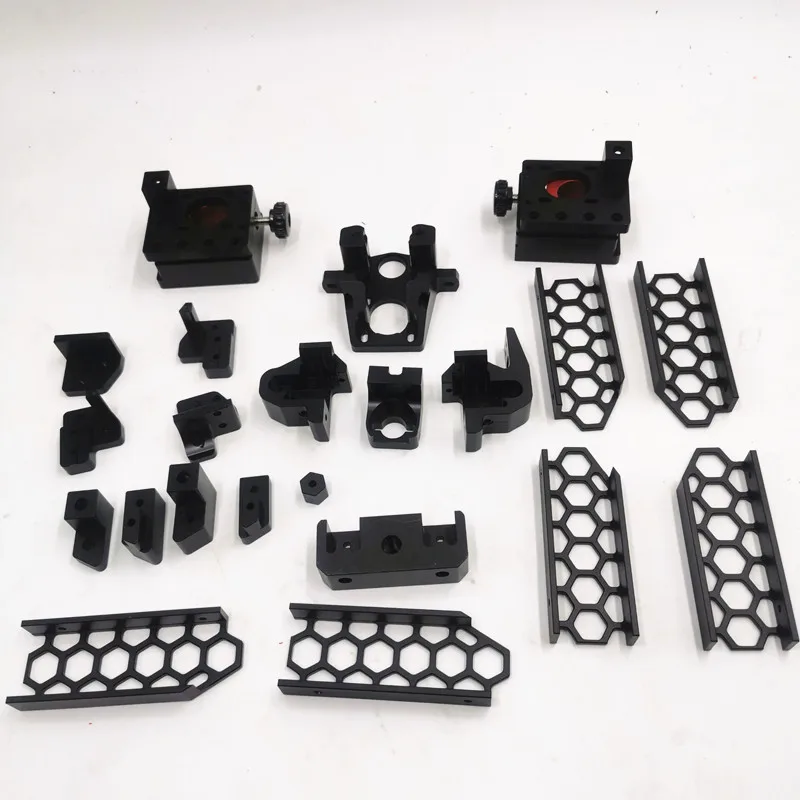 SLM technology allows you to create structural parts that are close in parameters to casting. Complex shapes are possible with internal structures that cannot be replicated by casting or milling.
SLM technology allows you to create structural parts that are close in parameters to casting. Complex shapes are possible with internal structures that cannot be replicated by casting or milling.
We have a Concept Laser M2 Cusing machine for printing with AlSi10Mg powder alloy. This is a 3D printer for layer-by-layer printing with powder metals and alloys in a nitrogen or argon environment.
During the printing process, a thin layer of aluminum powder is applied to the platform, where it is fused by a laser along the outlines of the future part. The platform then lowers slightly and the process repeats. As a result, we get a strong anisotropic part, as close as possible in terms of characteristics to casting.
Aluminum printing examples
Aluminum 3D printing prices
| Technology | Equipment | Region | Layer, µm | Accuracy, mm | Materials | Price (r/cm3) |
|---|---|---|---|---|---|---|
| SLM | Concept Laser M2 | 250x250x280 | 20-80 | +-0.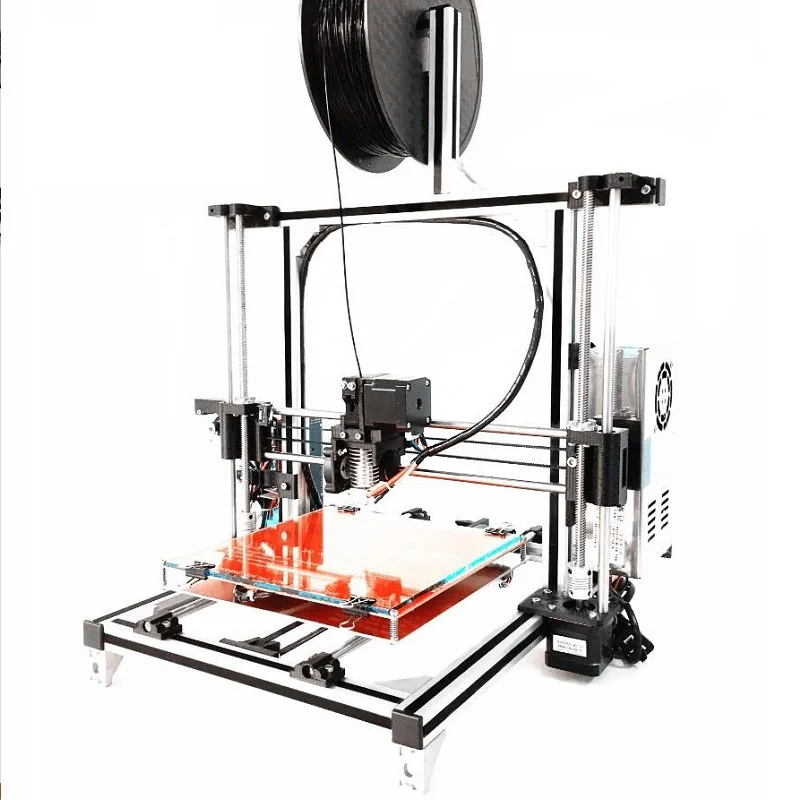 05 05 | 12X18H10T (stainless steel) 03Х17Н12М2 AlSi10Mg (aluminum) | 500r/cm3 500r/cm3 400r/cm3 |
| Manual post-processing | Cleaning of support material, grinding and polishing of the surface, painting work | 1500 rub/man-hour | ||||
| 3D modeling | Create 3D models from drawings or templates | 2500 rub/man-hour | ||||
SLM and DMLS aluminum printing technologies are used in completely different areas: from the creation of new parts for the aerospace industry, to the printing of broken parts for cars and other equipment. Unlike traditional manufacturing methods such as milling and casting, the selective layer-by-layer fusion process has much fewer restrictions on shapes, negative angles, cavities, and so on.
Why is powder metal printing so good? First of all - small-scale.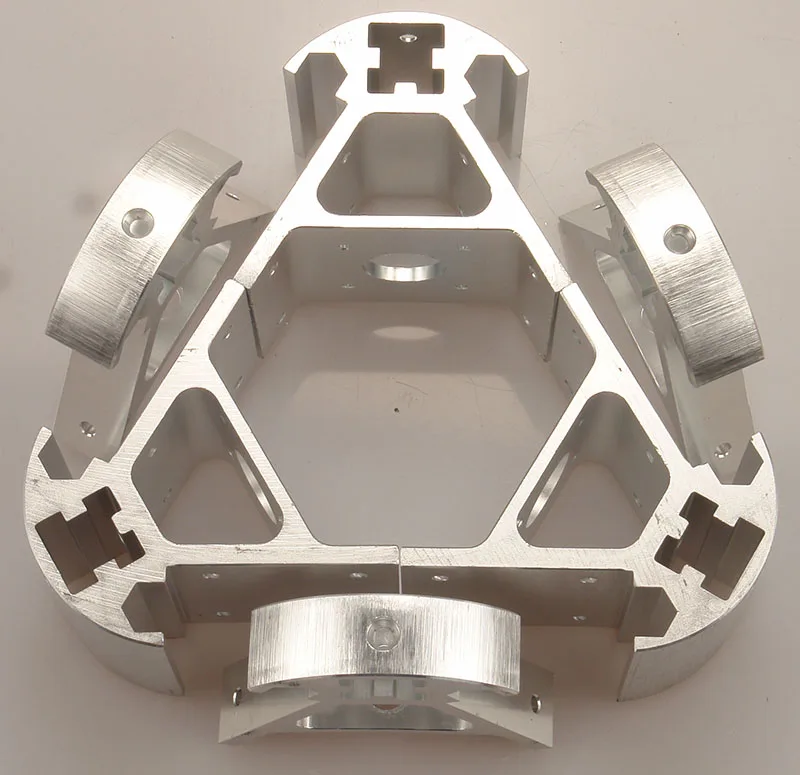 For one medium or small part made of aluminum, casters and millers may simply not take it - the preparatory procedures are very expensive. Making molds for casting, as well as preparing and debugging a CNC program, require time and money. And one detail will be easily printed for you.
For one medium or small part made of aluminum, casters and millers may simply not take it - the preparatory procedures are very expensive. Making molds for casting, as well as preparing and debugging a CNC program, require time and money. And one detail will be easily printed for you.
For 3D printing with aluminum, we use AlSi10Mg powder alloy - its composition is aluminum, about 10 percent silicon and magnesium. Lightweight and strong, this alloy is great for rapid prototyping and making new parts.
SLM printing with Al powder is widely used in the aerospace industry. Lightweight and durable parts with the ability to create internal cavities and cooling channels are indispensable for modern aircraft manufacturing. Also, this technology began to be used to create custom cooling radiators in electronics.
How is aluminum printed on a 3D printer? First, a thin first layer of powder is applied, with a thickness of 25-100 microns. Then the laser beam goes around the desired areas, fusing the powder to the metal.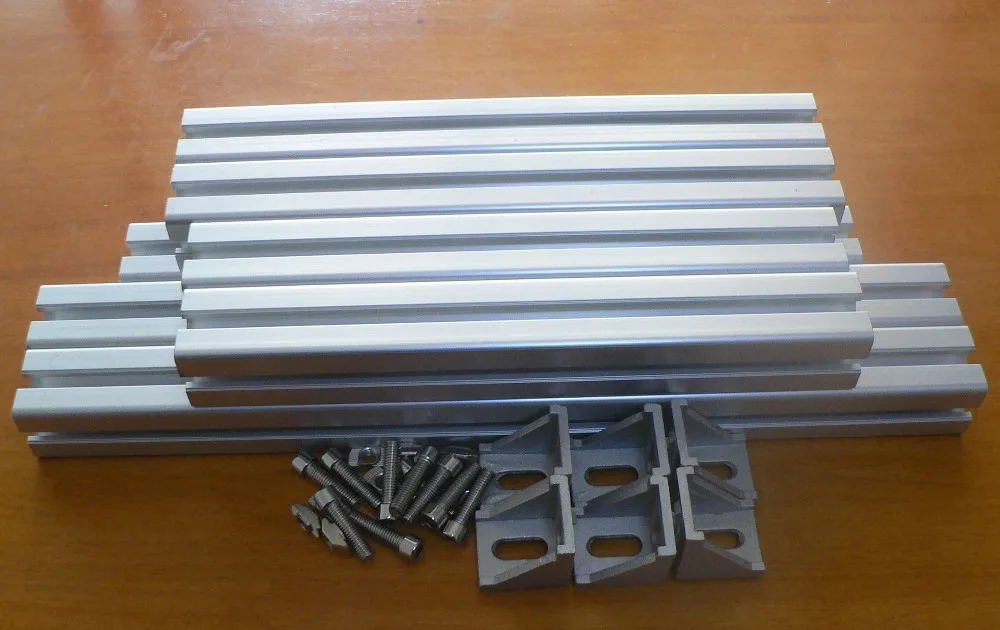 Then a layer of powder is applied again and the process is repeated. Of course, a lot of experience of the staff is necessary, the specialist must correctly locate the part and support in the specialized software. 3D printing parameters may also differ for different alloys and different powders with different grain sizes. And finally, post-processing in the form of tumbling or grinding may be required.
Then a layer of powder is applied again and the process is repeated. Of course, a lot of experience of the staff is necessary, the specialist must correctly locate the part and support in the specialized software. 3D printing parameters may also differ for different alloys and different powders with different grain sizes. And finally, post-processing in the form of tumbling or grinding may be required.
Why order from us? Our company has its own production, with its own 3D printers, including those for metal. This allows us to quickly fulfill your orders and keep prices low. Our employees have extensive experience in the field of additive technologies, which allows us to perform prototyping work as efficiently as possible.
Advantages of 3D printing with aluminum
Main advantages of powder printing with aluminum alloys.
Speed
Printing an aluminum (silumin) part is much faster than making it with traditional metal casting and CNC milling.



